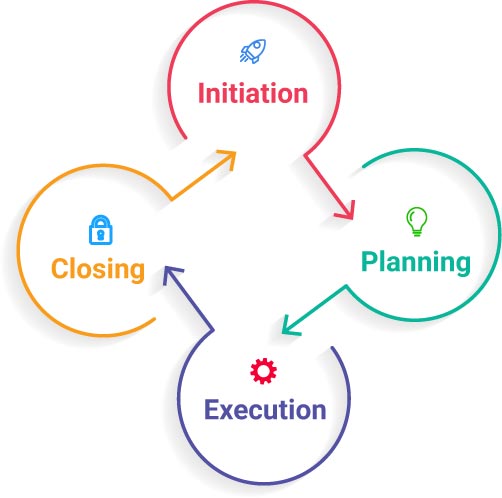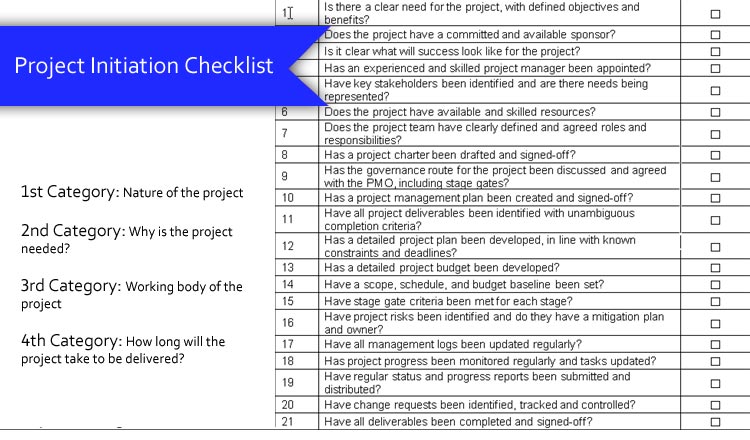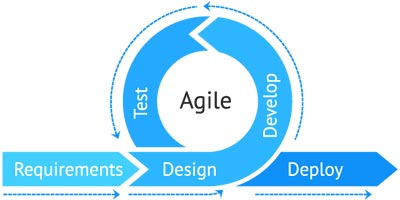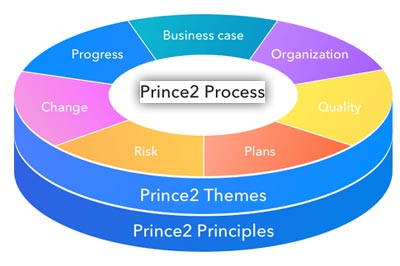


Starting a project is not an easy job; it is the most confusing part. When more than one mind is involved anywhere, chances of conflict or difference of opinion are likely to result. Getting onto one page is a tough task. The project Initiation Document helps from the planning stage to finally set up a solid framework for the project.
After the brainstorming session stakeholders, project managers, and decision-makers narrow down ideas, and the visibility of the project is made on a realistic basis. It basically sets the direction of a project.
PID is considered a living document which means it can be reviewed and according to the current situation of the project, modifications can be done.
The clarity of PID is the stepping stone for the progress of a project. The Project Manager is responsible for this project initiation document.
The project Initiation Document (PID) template is a crucial foundational tool that outlines the key aspects and objectives of a project at its inception.
It serves as a comprehensive roadmap, providing a clear understanding of the project’s scope, goals, stakeholders, risks, and constraints.
The PID template acts as a formal agreement between the project team and stakeholders, ensuring everyone is on the same page regarding project expectations and deliverables.

The basic framework or outline of every project remains the same. Each project has its own uniqueness depending upon the nature of the tasks.
The outline or core of a project remains the same. There is always a start, middle body, and conclusion. Here are all the life cycle phases of a project.
This is the foundation of a project in which critical decisions are likely to happen. According to the nature of the project whether it’s a business idea or construction plan few things are concluded in the initiation phase of the project.
Major stakeholders, the business body, and the special tools that can be used are decided.
Also, the selection of a project manager is done. The Project Manager plays a key role in setting the project in the right direction.
By now, the project manager has a great understanding of the project. After the understanding, he leads the project and carefully builds up the road map of the project.
The draft for the project is set, and further goals are brought to light. Also, the division of roles and risk analysis takes place in the planning phase. Timings for future meeting are settled as it helps to measure the progress of the project.
As per the defined roles and the allocated budget tasks are done. This is the most happening phase of any project. Most of the things are happening in this phase.
A final meeting is done just at the start of this phase to clear the agenda and review the deadlines to keep up with the targets.
It is very important to keep a check on the performance, budget, risks, gap analysis, and progress of the project. At times some unforeseen risks occur during the project such as any natural disaster or technical disability that may hamper the productivity of the team.
In the analysis phase, all these points are brought into consideration, and changes are made if the project is not meeting the targets. By carefully analyzing the current situation of the project alterations are expected to be done in the plan of action.
The wrap of the project is a tough phase. In this phase resources of the project are counter-checked. Cash balancing is done. All the documents made are signed by the stakeholders so that in the future no dispute can happen about the payables.
In this phase accomplishment of the team members and the success of the project is celebrated which marks the closure of the project.
The project Initiation Checklist is broken down into categories and subcategories for smooth management.

The project Initiation Document (PID) Template is a crucial foundational document used to kickstart projects efficiently and effectively. It serves as a roadmap and reference point for all stakeholders involved in the project.
The PID outlines the project’s scope, objectives, deliverables, timeline, budget, and key milestones. It also identifies the roles and responsibilities of team members, stakeholders, and sponsors, ensuring everyone understands their contributions to the project’s success.
You can use different templates in different software to make a project initiation document. All of them have their unique properties. Project managers can opt for the best-suited template according to the need of the project. A few of them are mentioned briefly.

If you have a project manager who can proficiently use agile software then you don’t have to look for any other options for a project initiation template. It helps to form a comprehensive initiation document with all major required details like project title, start and finish dates of the task, estimated cost, and team members.

Another software Prince2 is used for project management. If we talk more specifically it is a great tool for project initiation documents. PID clears all why, when, and what related to a project. By using templates for project management you can save your time and energy.
Similar details like project title, starting and ending date and the rest of the project data are added in the PIR. Also, the benefits of project initiation are clearly mentioned to convince the business partners and stakeholders to get on board.
Not all the project initiation documents are exactly the same. But the outline remains more or less the same. And Alterations can be done in the template according to the nature of the project. Follow the easy steps to write the project initiation document.
| Version | Modifications | Author | Date |
| Name | Role | Signature | Date | Version |
| Name | Role | Date of Issue | Version |
This section will include assumptions made before the requirements specifications have been documented. It may look something like this:
| Assumption | Validated by | Status | Comments |
This section will include the risk mitigation and management techniques and strategies that will be applied to the project. This may be presented in the following format:
| Risk | Probability | Impact | Mitigation Method |
This section should summarise the issues associated with the project. This may be presented in the following format:
| Issue | Priority | Resolution Method |
This section should define the quality expectations the project is expected to achieve, including the quality techniques that will be applied.
This section will include all dependencies on the project and may look something like this:
| Dependency | Owner | Impacts on | Critically | Comments | Date |
This section will include the way in which documents will be created, stored, and distributed during the entirety of the project.